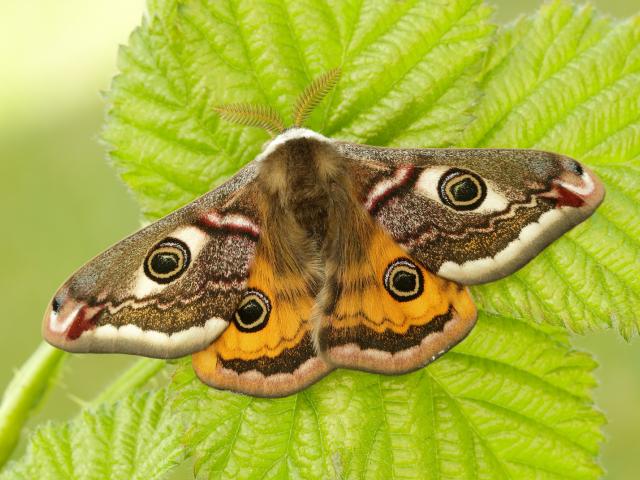

The project will compare the biodiversity levels between forest stands managed under irregular and clear-fell management techniques. Studied taxonomic groups will include vegetation, moths, spiders and birds. The abundance and richness of these groups will be compared to measurements of habitat structure.
Where
The project research is being conducted on the Stourhead Western Estate and National Trust Stourhead Estate, located on the border between Wiltshire and Somerset.
When
The research project will run for two years. The initial year of fieldwork was carried out in 2019. We are currently fundraising for year 2 of the project to complete fieldwork in 2020. Results will be published during early 2021.
Outputs
- Production of a scientific paper. The paper will be present how each taxonomic group responds to irregular and clear-fell management, and a congruence analysis of how biodiversity responds to management as a whole. This paper will provide much needed and important information on the ecosystem services, in this instance biodiversity, in commercial forests managed using irregular forestry. It is important that forestry becomes more holistic of non-timber values such as biodiversity, something that is currently lacking with clear-felling practices.
- A project report will be produced, targeted towards foresters and landowners.
- The project will organise a seminar about irregular forestry to disseminate these results alongside research carried out by other key groups.
- Presentations will be given at relevant forestry and biodiversity conferences to disseminate the results, influencing individuals and promoting the importance of sustainable forestry and biodiversity.
Funders
Year 1 of the project was kindly funded by Henry Hoare Charitable Trust.

